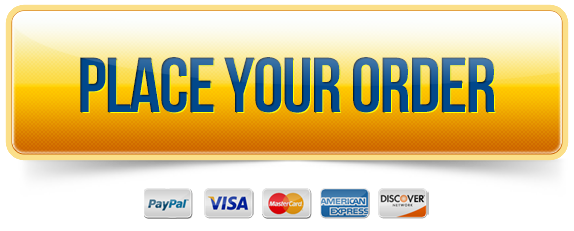1. Outline the key strategic options for organisations operating in high-technology sectors. Evaluate the relative merits of each option making use of examples to illustrate your answer.
– Brief introduction
– Main body:
o Demonstrate an understanding of the special context of high-technology sectors (e.g. short product life-cycles; the impact of disruptive technologies – see lecture notes, text book for other points)
o Describe the key options – the most relevant model is Afuah’s ‘block, run, team-up’ model (see lecture notes and further reading)
o Consider the advantages and disadvantages of each of the 3 options
o Use examples to illustrate the points above – e.g. how did Microsoft or IBM use the different options? What were the benefits / drawbacks to them? See the IBM/Microsoft video (Moodle link) or other egs from Afuah’s writings.
– Conclusion: May address questions like – Is one particular option always best? Does it depend on the context? Should a combination be used?
2. Discuss the nature of sustainable competitive advantage and assess the challenges of achieving it with reference to organisational examples.
– Brief introduction
– Main body:
o Define SCA and describe it’s key features (see lecture & text book notes). You could refer to types of CA here – cost, differentiation, focus.
o Evaluate the challenges – the main ones are the challenge of achieving environmental consonance and the challenge of competitor attack. Consider how these challenges may be addressed – for example, examine the isolating mechanisms framework covered in the lecture.
o Illustrate the points above with reference to examples – e.g. Ryanair or other relevant examples
– Conclusion: what is your overall advice for firms facing the challenge of achieving SCA?
3. Critically examine the differences between the prescriptive and the emergent approaches to strategy development.
– Brief introduction
– Main body:
o Define both terms
o Process diagrams for each will aid a description of each approach to strategy. Be sure to draw out the main differences in your descriptions.
o Your critical examination will weigh up the advantages and disadvantages of each approach – these are summarised in the lecture slides and also covered in most strategy text books.
– Conclusion: here you may take a view as to which is the better approach, or you may conclude that it depends on the context.
4. Assess the advantages and disadvantages of strategic planning in small businesses.
o Brief introduction
o Main body:
o Discuss what is meant by strategic planning
o Outline what is different about the small business sector – this will help to explain why approaches to planning may be different
o Weigh up the advantages and disadvantages of planning – see the lecture notes for help with this.
o You may perhaps present effectuation as an alternative to strategic planning in small businesses
o Conclusion: here you may give your own assessment of whether strategic planning is a good or a bad thing for small businesses.
5. “Effective strategic change requires a discontinuous approach to be adopted”. Critically evaluate this statement.
o Brief introduction
o Main body:
o Define / describe the nature of strategic change
o Define discontinuous change and compare it to continuous change.
o Weigh up the two approaches by considering their advantages and disadvantages (see lecture notes plus recommended text reading)
o You could draw on case examples – eg the Sri Lankan construction business 5. How effective was the approach used in this case and did it have some disadvantages?
o Conclusion – conclude directly in relation to the question – based on your assessment, is the statement correct?
Do you want your assignment written by the best essay experts? Then look no further. Our teams of experienced writers are on standby to deliver to you a quality written paper as per your specified instructions. Order now, and enjoy an amazing discount!!


